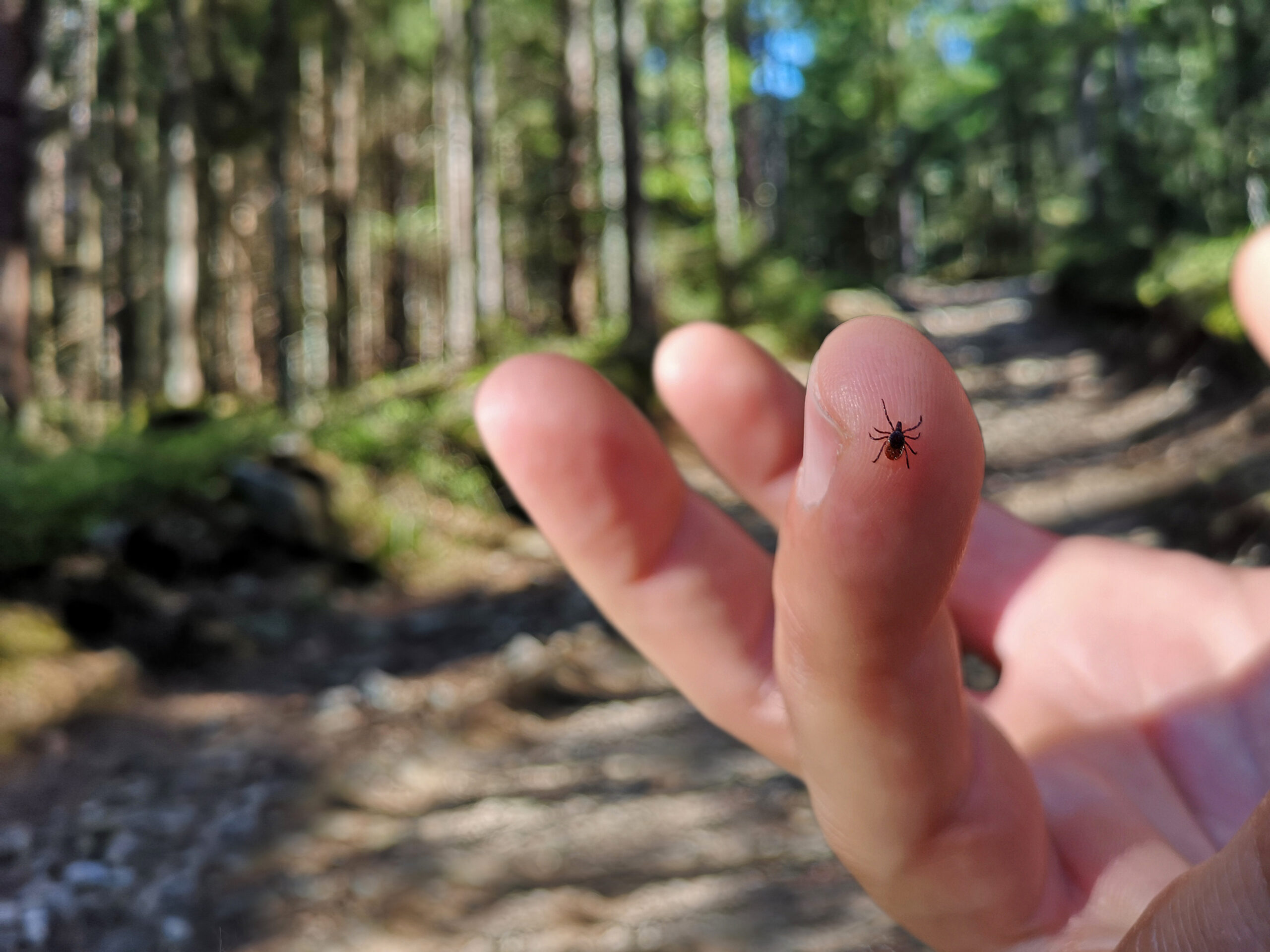I like to think of myself as someone who has love and understanding for all creatures. Even spiders and snakes—common phobias among humans—don’t scare me to the point where I avoid them.
You could say I have a high tolerance for creepy crawlies… except for ticks.
As much as it pains me to admit, I wouldn’t lose any sleep if ticks disappeared from the world tomorrow. They’re not just annoying and invasive, but they can also be dangerous.
Ticks can carry debilitating diseases like Lyme disease and Rocky Mountain spotted fever, so it’s clear they’re not ideal house guests.
Depending on where you live, the time of year, and whether or not you have pets, the chances of encountering ticks can be fairly high.
So, what should you do if you come across one of these tiny nuisances?
Identify and isolate the problem Try to identify the type of tick (such as black-legged, dog, or brown dog tick). If the tick is in a specific area, keep children and pets away until it’s removed.

Protective steps To avoid getting bitten, wear gloves and long-sleeved clothing to protect your skin.
Clean thoroughly Wash any clothing or bedding that the tick has touched on high heat. Vacuum the area, especially crevices and corners.
Tick removal Use fine-tipped tweezers to grab the tick as close to the skin’s surface as possible. Pull upwards slowly, avoiding twisting or jerking to ensure the tick’s head doesn’t break off and remain in your skin.

After removing the tick, clean the bite area with alcohol or soapy water. Dispose of the tick in alcohol or flush it down the toilet.
Monitor your bite Keep an eye on any bite sites and monitor the person who’s been bitten for symptoms.
Hopefully, this helps! Share this article on Facebook to help spread the message.







